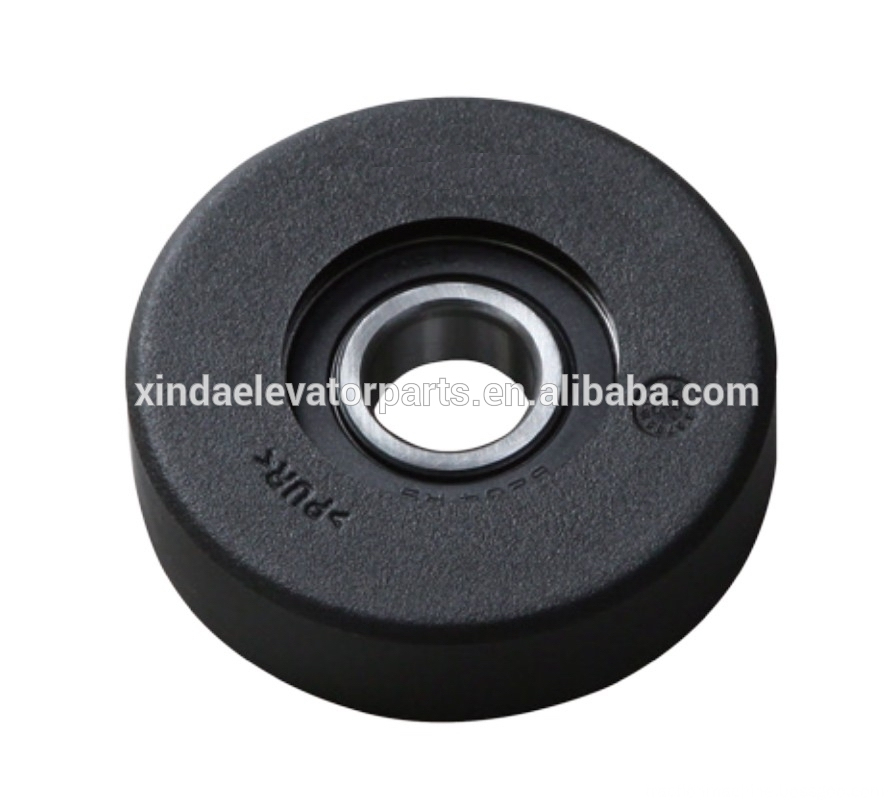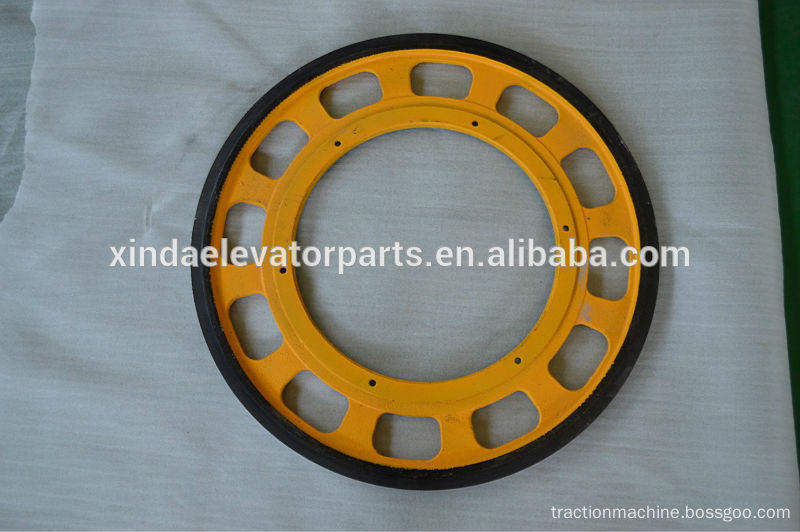At present, the tin- mineral mines produced by various countries' tin- smelting plants are smelted by using tin alloys with higher grades in a matching manner. China has a large number of containing arsenic, antimony high refractory tin, so the late 1970s made many experimental studies. Sulfur vulcanization is very effective in enriching tin, so the process of combining metallurgy and metallurgy is adopted. In the beneficiation process, only a complex tin ore containing arsenic and antimony is produced to increase the recovery rate of tin, and then the complex tin ore is vulcanized in a fumigating furnace to obtain a complex tin soot.
The handling of complex tin soot is still in the experimental stage and there are several different processes.
One of the processes is shown in Figure 1. The chemical composition (%) of tin used in the test was: 4.96Sn, 4.33Pb, 3.15Sb, 1.77As, 0.025Ag, 0.011In, 0.019Cd, 0.30Cu, 5.99S, 0.30C, 28.95Fe, 0.88CaO, 20.44 SiO 2 , 3.05Al 2 O 3 , the product is sodium stannate.

FIG smelting smoke tin complex 1 - adding a base alloy melting - Alkali flooding
Process for purifying and concentrating sodium sulphate production by leachate
The second process is shown in Figure 2. The chemical composition (%) of the tin soot used in the test was: 21.26Sn, 17.92Pb, 9.73As, 12.56Sb, 5.03Zn, 0.041Ag, 0.047In, 0.19Cd, 3.79S, 2.63Fe, 0.29CaO, 3.28SiO 2 . The phase analysis is shown in the table below. The product is tin- lead alloy.

Figure 2 High arsenic bismuth polymetallic tin soot reduction roasting (twice) arsenic removal 锑
Reduction smelting-electrolytic refining process for producing tin-lead alloy
Phase analysis of high arsenic bismuth polymetallic tin soot /%
tin | lead | arsenic | antimony | Zinc | |||||
Phase | content | Phase | content | Phase | content | Phase | content | Phase | content |
SnO SnO 2 Sn | 5.7 87.9 6.2 | PbSO 4 PbO PbS Insoluble slag | 25.1 57.1 5.5 11.7 | As 2 O 3 M3(AsO 4 ) 2 As As 2 S 3 | 32.3 57.5 1.9 8.3 | Sb 2 O 3 Sb 2 S 3 M3(SbO 4 ) 2 | 21.6 4.3 74.1 | ZnO ZnS Insoluble slag | 6.2 84.8 0.9 |
The third process is shown in Figure 3. The chemical composition (%) of the sample was: 23.28Sn, 11.81Sb, 20.74Pb, 4.79Zn, 0.055Ag, 2.56S, 6.42As, 1.85Fe, 0.004Bi, 0.81CaO, 2.79SiO 2 , 2.79SiO 2 , 1.20Al 2 O 3 , 0.047In. This is a combination of wet and fire method. The chlorination reduction leaching method is used to completely separate arsenic at one time; and the associated elements such as bismuth, lead, zinc, silver and iron can be completely removed, and then enter the traditional Fire process.

Figure 3 CR (chlorination reduction leaching distillation) treatment
Principle process of high arsenic and antimony metal tin soot
product
- Stainless Steel Step for Escalators
- E21000419 Friction wheel for handrail belt escalator spare part
- T133.3 Step chain for escalator escalator spare part
- Step wheel 75x23.5 bearing 6204 for escalator spare part
- Step wheel 80x22 bearing 6204 for escalator spare part
- ESC-3 Escalator Step Chain, escalator roller spare part escalator part
- ESC-8 Escalator Step Chain, escalator roller spare part escalator part
Specifications
- Long life & stable
- Strong structure
- Factory made



Escalator Rollers, Escalator Chains, Escalator Sensor, Escalator Skirt Brushes
Ningbo Xinda Elevator Traction Technology Co., Ltd. , https://www.nbelevator.de